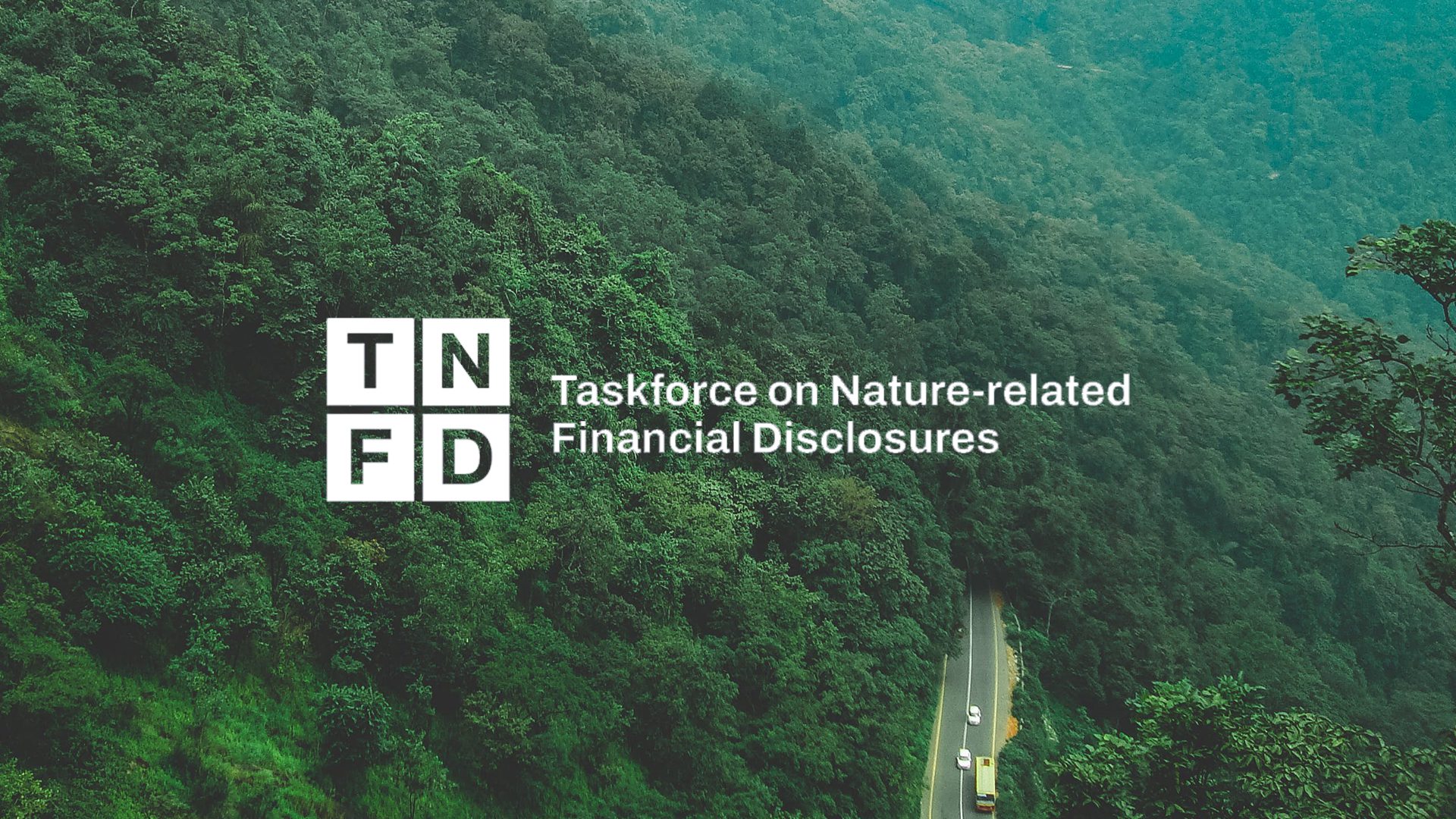Key Impact Points
- Addressing climate finance gaps: The novel Carbon Rating Framework aims to integrate carbon emissions into financial evaluations, directing investments towards climate-positive projects.
- Supporting critical sectors: The framework targets hard-to-abate sectors like steel and cement, incentivizing low-carbon strategies despite perceived investment risks.
- Facilitating global climate goals: By prioritizing emission intensity, the framework supports the mobilization of essential funds, particularly in emerging economies like India, for achieving climate objectives.
Enabling Transition Finance through Emissions Intensity Evaluation
As global efforts to meet the Paris Agreement targets accelerate, the financial sector faces mounting pressure to direct capital toward low-carbon technologies and practices. Emerging economies like India require an estimated USD 2.5 trillion by 2030 to achieve their climate goals. However, the sector’s current reliance on conventional credit ratings fails to account for companies’ carbon emissions, hindering investments in climate-positive projects, especially in high-emission industries.
Introducing the Carbon Rating Framework
A novel approach, the Carbon Rating Framework, is introduced to address this gap by evaluating companies based on their carbon emission intensity—both historical and projected. This new methodology is designed to complement existing credit ratings, offering a dual assessment of a company’s financial health and environmental impact. By integrating emissions data into financial evaluations, the framework aims to drive capital toward sectors that are crucial for the transition to a green economy.
Key Features of the Framework
- Quantitative and Qualitative Assessment: The framework combines past carbon emissions data with future reduction projections, offering a balanced view of a company’s environmental performance.
- Weighted Evaluation: Emphasizing both past emissions and anticipated reductions, the framework incentivizes businesses to adopt more sustainable, low-carbon strategies.
- Rating Scale: A proposed 10-point scale rates companies on their emissions per unit of revenue, allowing for sector-agnostic comparisons while adapting to industry-specific factors.
This framework could serve as a vital tool for financial institutions, providing standardized evaluations that guide investments toward projects aligned with global climate objectives.
Looking Ahead
The paper suggests further research into expanding the framework to cover Scope 3 emissions and other environmental factors. Additionally, exploring how credit rating agencies and banks might integrate this methodology could significantly impact the financial sector’s role in driving the transition to a low-carbon economy.
For full details on the Carbon Rating Framework, read the white paper.












